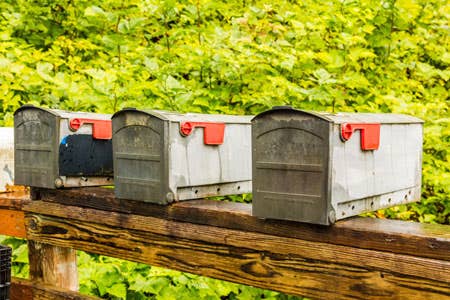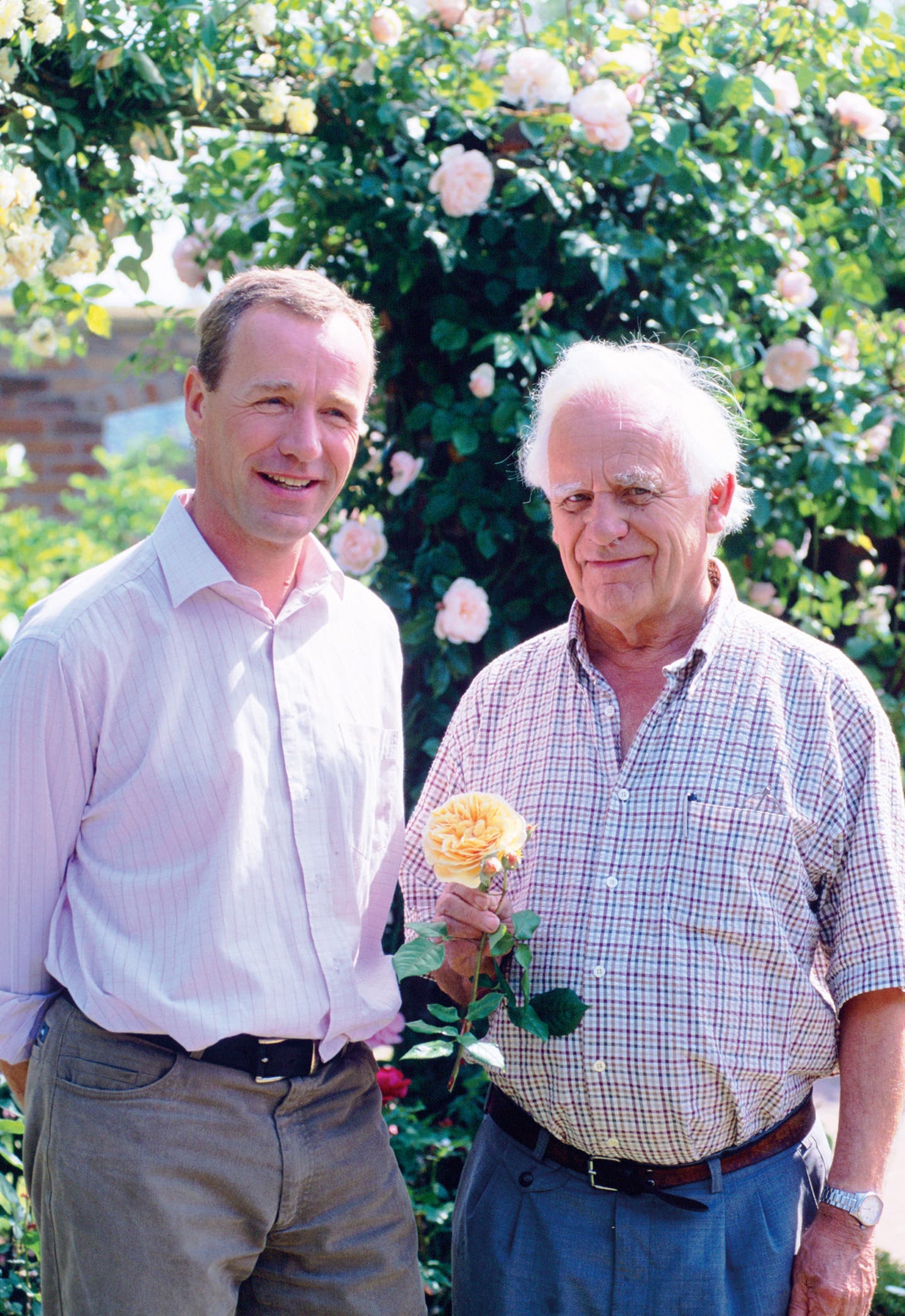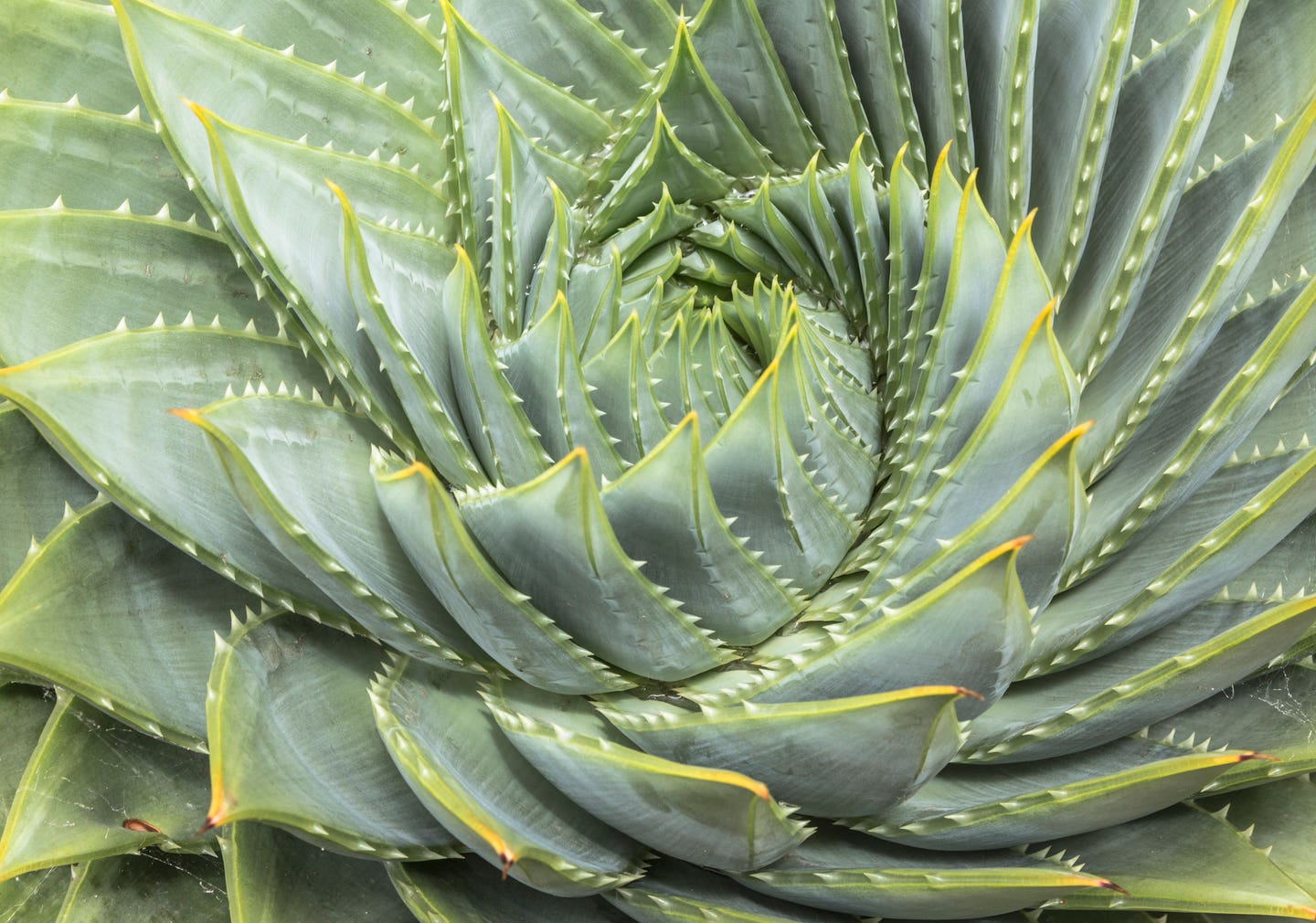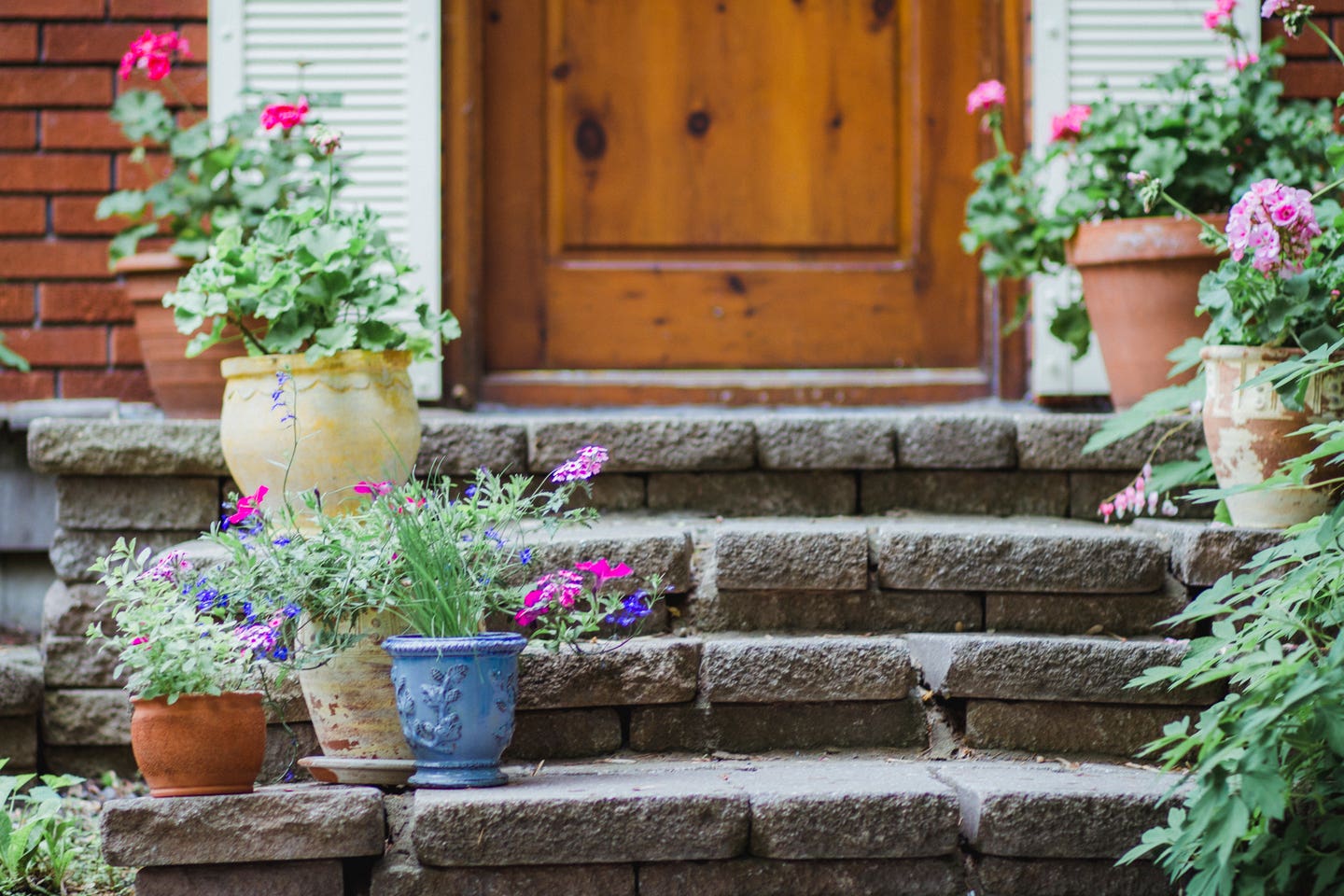The Best Potted Citrus to Grow for the Holidays
Dwarf potted citrus trees contribute fragrance, flavor and decorative flair to the holiday season. You can grow them indoors!
Dwarf potted citrus trees contribute fragrance, flavor and decorative flair to the holiday season.
by Frank Hyman
My father and his eight siblings grew up on a Depression-era farm. He loved to tell the story of how they scrambled on Christmas morning to shake oranges and dimes from their stockings. My wife, Chris, and I don’t put citrus in our stockings, but we do celebrate the holiday with oranges.
Our four potted dwarf citrus trees sunbathe in front of a big, sunny, west-facing window in the living room all winter. Since their foliage is fragrant and evergreen, we don’t have to kill a tree for Christmas. Instead, we garnish our mobile citrus grove with twinkly lights for the holidays. Reliably, one or more of them will perfume the Yule air with its fragrant flowers, and their bright orange and yellow fruits ripen in the short days of winter.
These winter fruits don’t go to waste. We eat the Meiwa sweet kumquats and Clementine tangerines out of hand and squeeze the sour oranges from the calamondin (which I’ve had for 35 years) onto fish or into a Corona beer. Last winter Chris made nearly a dozen small jars of tart marmalade from the Meyer lemons. A couple of these trees came by mail from Four Winds Growers; one came from Stan the Citrus Man at McKenzie Farms.
The rest of the year we think of these dwarf trees in our short-order orchard as pets with benefits. They’re much less demanding than the dog. I only walk them twice a year: into the house at Thanksgiving and back out again at St. Patrick’s Day. (A light freeze won’t hurt them, but exposing them to 25˚F or less could get you on Santa’s Naughty List.)
Growing them in pots that are square, plastic and as big as milk crates makes it easy to wheel them in and out of the house with a hand truck. A plank set on a couple of large glass blocks raises them up to a proper height in front of the window. Lids from plastic totes serve as inexpensive saucers for the winter.
The trees tell you when it’s time for a drenching: their leaves start to curl. But that doesn’t happen very often here, because an attractive, functional, permanent mulch of river pebbles or wine corks holds moisture. Every spring I water in a couple of handfuls of Espoma’s Citrus-tone fertilizer to replace the nutrients they lose at harvest. Pruning is rarely necessary and then only for aesthetic reasons. The fruits are also easy going: they remain ripe on the tree for weeks without spoiling and they store well on the counter.
Just one of our holiday rituals: Chris cooks up a stack of crepes while I dice some ripe Meyer lemons, edible skin and all. We spread a couple spoonfuls of lemon bits down the middle of a crepe, top it with a smidge of brown sugar and roll them up. Standing at the counter, we enjoy the contrasting textures—soft crepe, succulent lemon skin and crunchy brown sugar—while lemon juice runs down our chins.
This article appeared in the November/December 2017 issue of Horticulture magazine. Frank Hyman has a BS in horticulture and worked harvesting Clementine tangerines while hitchhiking around Spain in 1980.







